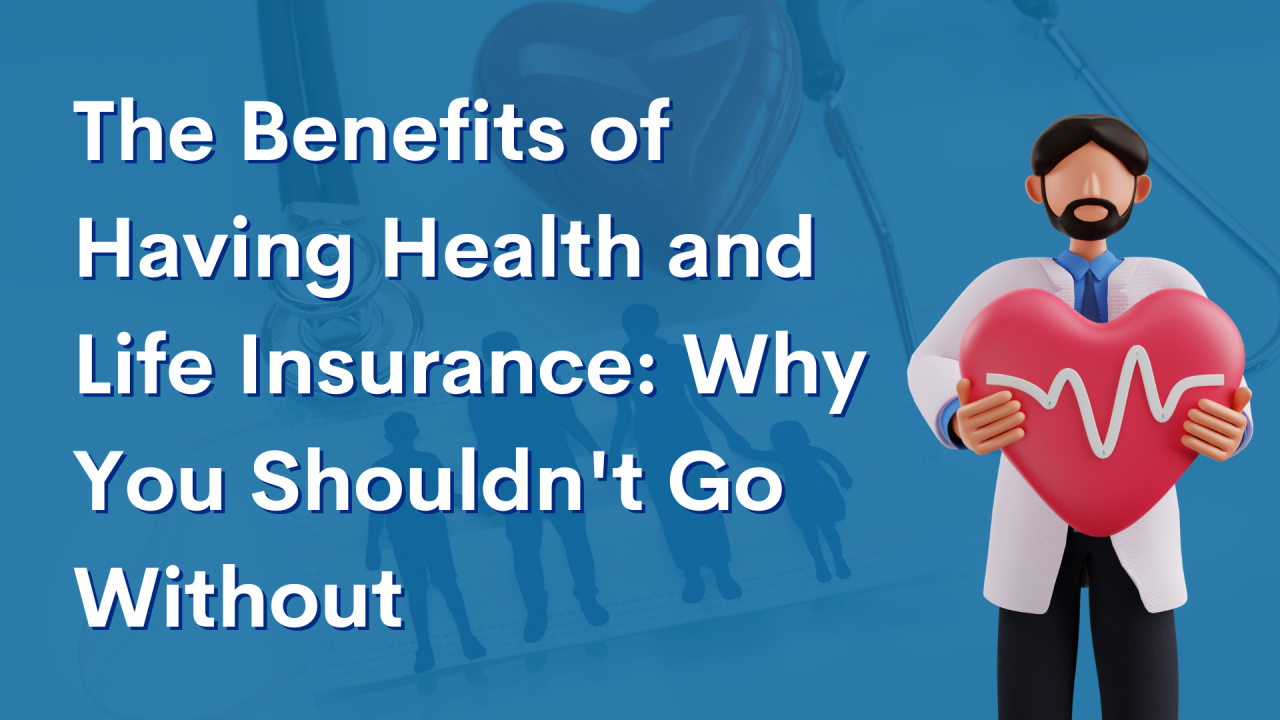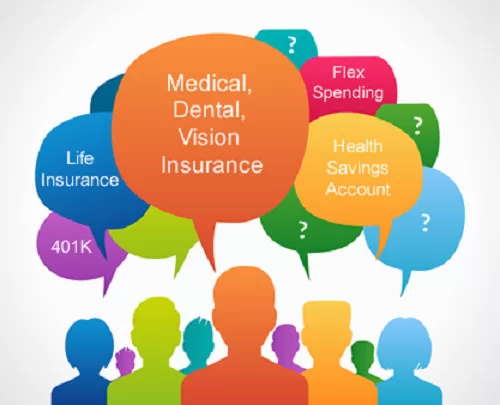The Best Strategy To Use For Medicare Advantage Agent
The Best Strategy To Use For Medicare Advantage Agent
Blog Article
The smart Trick of Medicare Advantage Agent That Nobody is Discussing
Table of ContentsMedicare Advantage Agent for BeginnersFascination About Medicare Advantage AgentMedicare Advantage Agent Fundamentals Explained

follows from puzzling the reasonably young age profile of the uninsured with the far better wellness, typically, of more youthful individuals. This obscures the web link in between wellness condition and wellness insurance. For those without access to work environment wellness insurance, bad wellness is a potential obstacle to purchasing nongroup insurance coverage due to the fact that such protection might be extremely priced, leave out preexisting problems, or be merely inaccessible. The number of uninsured Americans is not specifically big and has not altered over the last few years. Seven out of 10 respondents in a nationally depictive survey thought that fewer Americans did not have medical insurance than really do(Fronstin, 1998). Approximately fifty percent(47 percent )believed that the number of individuals without medical insurance lowered or remained continuous over the last half of the last years(Blendon et al., 1999). This drop of almost 2 million in the variety of people 'without insurance policy (a decrease
of about 4 percent)is certainly a favorable modification. With a softer economic climate in 2000 the most up to date reported gains in insurance coverage might not proceed(Fronstin, 2001 ). The decline in the variety of without insurance will not continue if the economic situation stays sluggish and healthcare prices remain to exceed rising cost of living. This is due to the fact that the data were accumulated for a duration of solid financial performance. Of the approximated 42 million people that were without insurance, almost concerning 420,000(regarding 1 percent)were under 65 years old, the age at which most Americans become qualified for Medicare; 32 million were adults between ages 18 and 65, about 19 percent of all adults in this age; and 10 million were children under 18 years old, regarding 13.9 percent of all youngsters (Mills, 2000). These quotes of the variety of individuals uninsured are produced from the annual March Supplement to the Current Population Survey (CPS), carried out by the Census Bureau. Unless otherwise noted, national quotes of individuals without medical insurance and percentages of the populace with different type of protection are based upon the CPS, the most widely utilized resource of quotes of insurance policy coverage and uninsurance prices. These surveys and the price quotes they yield are described briefly in Table B. 1 in Appendix B - Medicare Advantage Agent. These surveys differ in dimension and sampling approaches, the inquiries that are inquired about insurance
Some Known Questions About Medicare Advantage Agent.
coverage, and the moment period over which insurance policy protection or uninsurance is gauged(Lewis et al., 1998, Fronstin, 2000a ). Still, the CPS is particularly helpful due to the fact that it produces yearly quotes reasonably rapidly, reporting the previous year's insurance protection estimates each September, and because it is the basis for a consistent collection of quotes for greater than two decades, allowing for analysis of fads in protection over time.

The Ultimate Guide To Medicare Advantage Agent
Over a three-year duration starting early in 1993, 72 million people, 29 percent of the U.S. population, lacked protection for at least one month. Within a single year(1994), 53 million people experienced at the very least a month without insurance coverage(Bennefield, 1998a). 6 out of every ten uninsured adults are themselves utilized. Functioning does improve the chance that one and one's family members will certainly have insurance policy, it is not a guarantee. Even members of family members with two full-time wage income earners have nearly a one-in-ten chance of being uninsured (9.1 percent without insurance rate)(Hoffman and Pohl, 2000 ). The connection in between medical insurance and accessibility to care is well established, as recorded later in this chapter. Although the partnership in between medical insurance and health end results is neither direct nor basic, a substantial medical and health and wellness services study literature links health insurance policy coverage
to improved accessibility to care, better top quality, and improved personal and population health standing. The 2nd record, on personal health end results for uninsured adults, is represented by the inner circle of the figure, while the third report, on family well-being, incorporates the topics of the 2nd report however stresses a different system of analysis, specifically, the family. The sixth report in the series will certainly offer information regarding techniques and efforts undertaken locally, statewide, or nationally to resolve the lack of insurance policy and its damaging influences. Degrees of analysis for examining the results of uninsurance. This discussion of medical insurance protection concentrates primarily on the U.S. populace under age 65 since essentially all Americans 65 and older have Medicare or other public insurance coverage.
It concentrates particularly on those without any kind of health insurance for any kind of size of time. The problems encountered by the underinsured remain in some areas comparable to those encountered by the without insurance, although they are normally much less serious. Uninsurance and underinsurance, nevertheless, entail noticeably different policy concerns, and the approaches for resolving them might vary. Throughout this research and the five reports to adhere to, the main emphasis gets on individuals without any medical insurance and therefore no help in paying for wellness treatment past what is offered through charity and safeguard organizations. Wellness insurance coverage is a powerful variable impacting invoice of treatment due to the fact that both people and medical professionals react to the out-of-pocket price of services. Medical insurance, nonetheless, is neither essential neither sufficient to acquire access to clinical services. Nonetheless, the independent and direct impact of health
insurance protection on accessibility to health solutions is well developed. Others will certainly acquire the healthcare they require also without health insurance policy, by spending for it expense or seeking it from suppliers who supply treatment complimentary or at highly subsidized prices. For still others, health and wellness insurance policy alone does not guarantee receipt of treatment as a result of other nonfinancial obstacles, such as an absence of wellness care service providers in their community, restricted accessibility to transportation, illiteracy, or linguistic and social differences. Official study about uninsured populations in the United States dates to the late 1920s and very early 1930s when the Board on over here the Cost of Healthcare created a collection of reports regarding financing physician workplace brows through and hospitalizations. This problem became significant as the varieties of clinically indigent climbed up during the Great Depression. Empirical researches constantly sustain the web link between access to care and enhanced wellness end results(Bindman et al., 1995; Starfield, 1995 ). Having a routine source of treatment can be considered a predictor of gain access to, rather than a straight step of it, when health and wellness outcomes are themselves used as accessibility signs. This extension of the notion of access dimension was made by the IOM Committee on Keeping An Eye On Gain Access To to Personal Health Treatment Provider(Millman, 1993, p. Whether or not moms and dads are insured appears to impact whether their children get care along with just how much careeven if the youngsters themselves have coverage(Hanson, 1998). The health and wellness of parents can impact their capability to care for their youngsters and the level of family stress and anxiety. Stressing over their find kids's access to care is itself a resource of stress for moms and dads. 3 chapters adhere to in this report. Chapter 2 gives a summary of how employment-based medical insurance, public programs and specific insurance plan operate and engage to offer substantial but incomplete protection of the united state population. This consists of a testimonial of historic trends and public plans affecting both public and personal insurance, a conversation of the interactions among the various types of insurance, and an assessment of why individuals relocate from one program to one more or finish up

Report this page